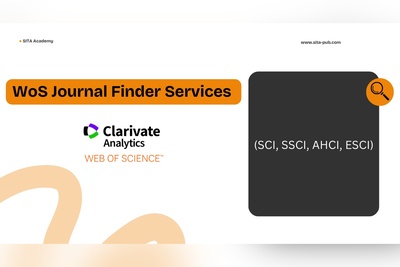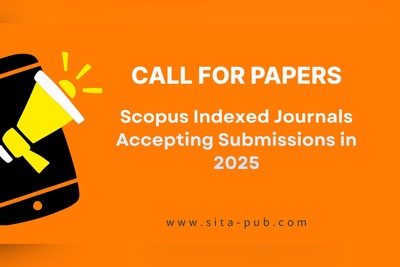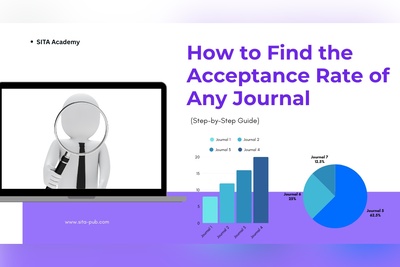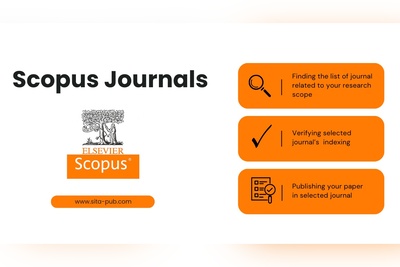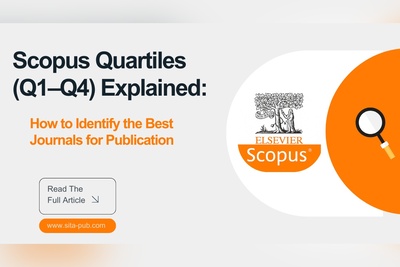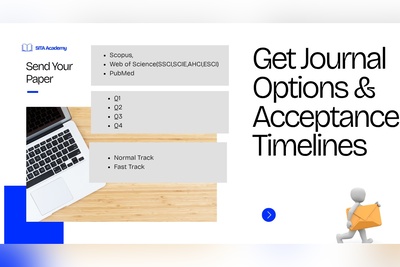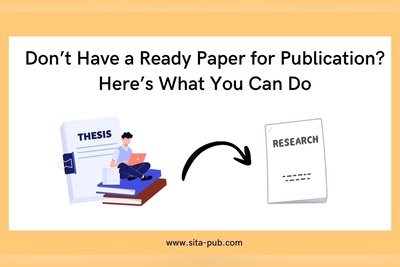Should You Pay to Publish in Open Access Journals? Pros and Cons
Learn the pros and cons of publishing in open access journals, the costs involved, and whether paying APCs is worth it for your research goals.
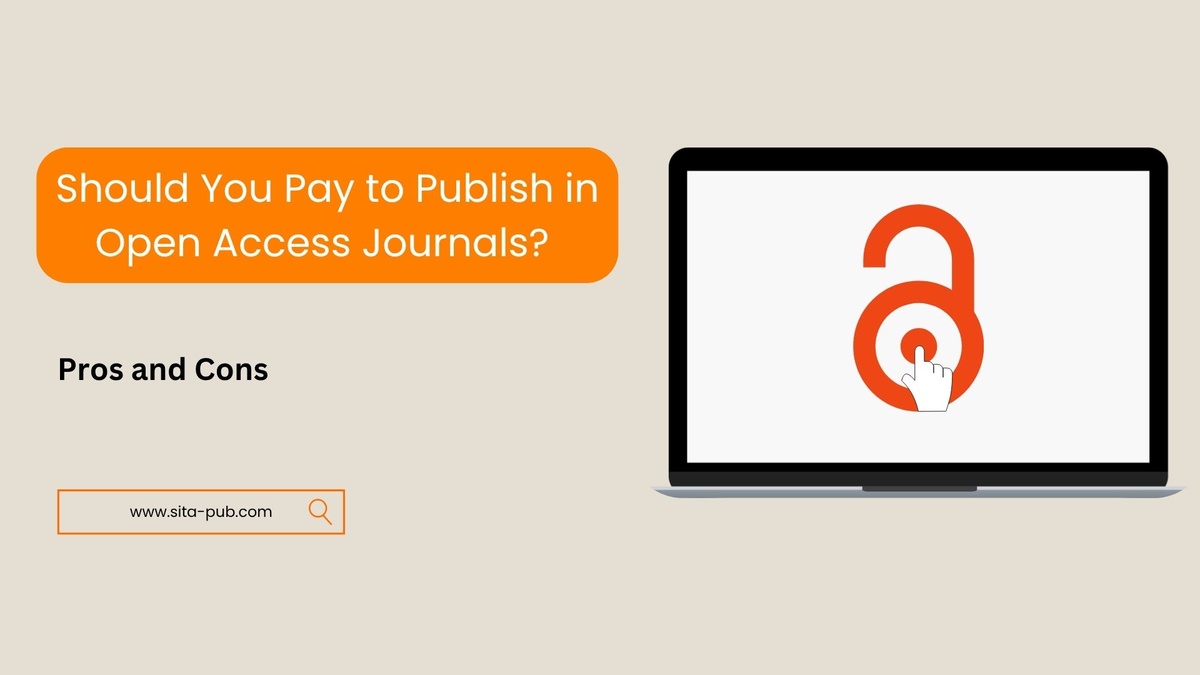
In today’s fast-evolving academic world, the way research is published has changed dramatically. Among the most talked-about trends is open access publishing. Researchers now have more options to share their work, with open access being one of the most appealing due to its global reach and immediate availability. But with this accessibility often comes a cost—literally. Many open access journals require authors to pay Article Processing Charges (APCs). So, the question arises: Is it worth paying to publish in open access journals?
This article will explain the key differences between open access and closed (subscription-based) publishing, explore the pros and cons of both, and provide guidance on whether you should choose this path for your research.
What Is Open Access Publishing?
Open access (OA) publishing refers to the practice of making research articles freely available online to anyone, without subscription fees or access restrictions. The aim is to make scientific findings more accessible to readers, including other researchers, professionals, and even the general public.
In open access, the cost burden often shifts from the reader to the author or their institution. Authors typically pay APCs to cover peer review, editing, and hosting costs.
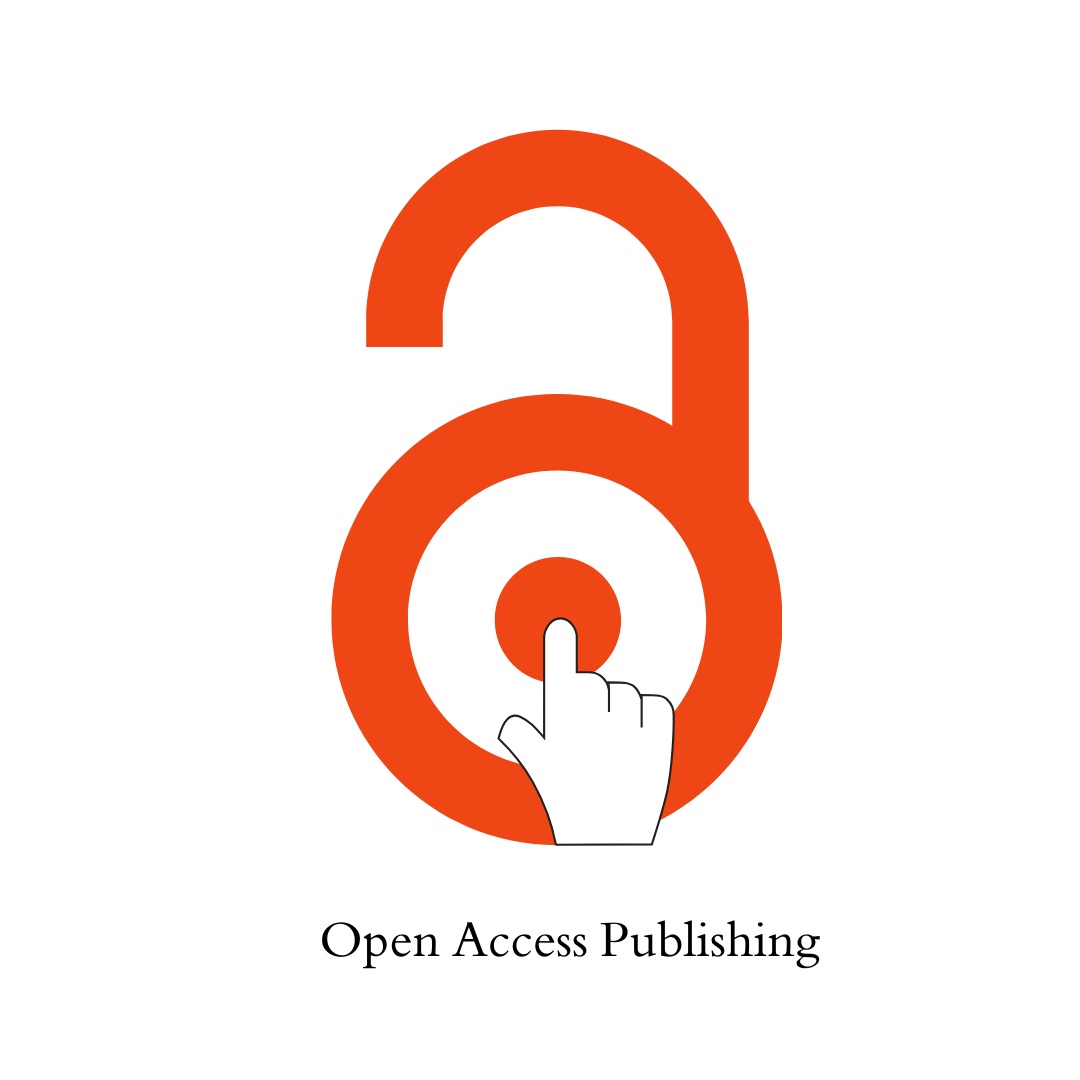
Types of Open Access:
Gold Open Access – The final published version is freely available immediately upon publication. Usually involves APCs.
Green Open Access – Authors archive a version of their article (often a pre-print or accepted manuscript) in a repository, sometimes after an embargo period.
Hybrid Open Access – Traditional journals offer an option to make individual articles open access for a fee.
What Is Closed (Subscription-Based) Access?
In contrast, closed access or subscription-based publishing limits full access to articles behind paywalls. Readers or their institutions must subscribe or pay per article to read them. This model has been the traditional way of publishing for decades.
While authors typically don’t pay fees to publish in closed journals, readers pay for access.
Open Access vs. Closed Access: A Comparison
Feature | Open Access | Closed Access |
Cost for Authors | Usually high (APCs range $300–$3000+) | Usually free or minimal |
Cost for Readers | Free | Subscription or pay-per-article |
Reach & Visibility | High – Anyone can access | Limited to subscribers |
Publication Timeline | Often faster | Can be slower depending on journal |
Citation Potential | Higher due to accessibility | May be lower due to limited readership |
Long-Term Access | Permanent and global | Access tied to subscriptions |
Pros and Cons of Open Access Journals
Pros:
Greater Visibility: Articles are available to anyone, increasing readership and citation potential.
Faster Dissemination: Many open access journals have quicker publication timelines.
Public Benefit: Freely accessible research helps professionals, policymakers, and the general public.
Compliance: Many funding agencies require open access for publicly funded research.

Cons:
High Costs: APCs can be a barrier, especially for researchers without funding support.
Predatory Journals: Some open access journals lack peer review and exploit authors for fees.
Quality Concerns: Not all OA journals maintain rigorous peer review (though many reputable ones do).

Pros and Cons of Closed Access Journals
Pros:
No Author Charges: Most traditional journals don’t charge for publication.
Well-Established Reputation: Many high-impact journals are still subscription-based.
Strong Editorial Standards: Often have rigorous peer-review and editorial processes.

Cons:
Limited Readership: Only those with access via institutions or subscriptions can read your work.
Slower Process: Can take months for review and publication.
Less Public Impact: Your findings may not reach practitioners or the public who need them.

Should You Pay to Publish in Open Access Journals?
The answer depends on your goals and resources.
If your priority is visibility, global access, and compliance with funders' open science policies, then paying for open access may be worthwhile. However, if you're constrained by budget or your target journal is a prestigious closed-access one, then it might make sense to go the traditional route.
Consider:
Do you have institutional or grant funding to cover APCs?
Is your research likely to benefit society, policymakers, or practitioners?
Does your university or institution require open access?
Are you aiming for high citation rates?

Many high-quality open access journals provide excellent services and peer review. Just make sure they’re legitimate and indexed in Scopus or Web of Science.
Checklist for Choosing the Right Open Access Journal
Before submitting your work to an open access journal, consider the following checklist:
Is the journal indexed in Scopus, Web of Science, or PubMed? |
Is the publisher reputable and transparent about APCs? |
Does the journal have a peer-review process and editorial board? |
Is the journal listed in the DOAJ (Directory of Open Access Journals)? |
Are there recent articles in your field published in the journal? |
Does the journal website clearly state submission and review timelines? |
Are the APCs within your budget or covered by your institution or grant? |
Do you have access to professional editing if the journal requires it? |
Conclusion: Choose Based on Your Needs
Paying to publish in open access journals is not inherently good or bad—it depends on your research goals, funding situation, and institutional requirements. Open access offers major advantages in terms of visibility and accessibility, but it comes at a cost.
If you value public engagement, fast dissemination, and compliance with funder mandates, then open access is worth considering. Just make sure to choose your journal wisely, and avoid predatory publishers.
Need Help Identifying Trusted Open Access Journals or Preparing Your Manuscript?
Our academic support team can help you choose the right journal, check indexing status, and ensure your paper meets publication standards.
Submit your order here to receive a tailored list of journals (Q1–Q4, Open Access or Subscription-based) along with key details like
Indexing (Scopus, Web of Science)
Impact Factor & Quartile Ranking
Publication Charges & Timelines
Acceptance Rate & Scope Match
Let us help you choose the most suitable and reputable journal for your paper.
Verified Contact Channels
If you have any questions, inquiries, or would like to learn more about our services, please don't hesitate to reach out to us. Our dedicated team is ready to assist you.





